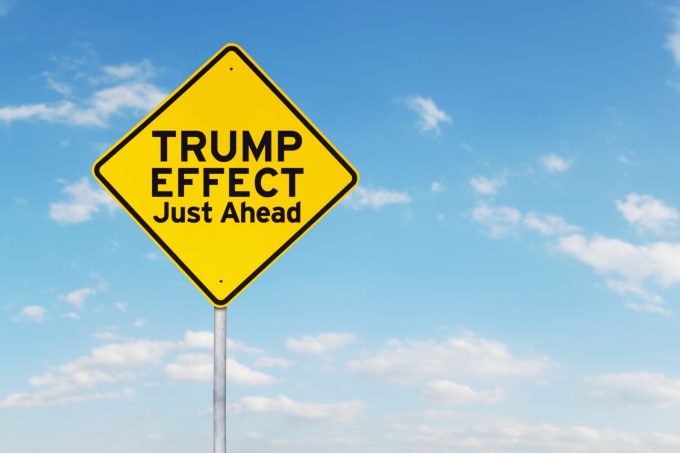CNBC: Trump’s tariffs incite fury in China and dismay in Europe
CNBC reports: The French government slammed U.S. President Donald Trump on Thursday, with one official saying ...

The prospect of Donald Trump back in the White House imposing heavy tariffs appears to be close to toppling a neighbouring government.
In the past 24 hours, Ottawa has waved goodbye to deputy PM Chrystia Freeland, and there are now reports that prime minister Justin Trudeau is also considering stepping down.
Ms Freeland’s resignation letter to Mr Trudeau made clear that she “found herself at odds” with the prime minister over the “best path forward” in ...
Volcanic disruption at Anchorage could hit transpacific airfreight operations
Macron calls for ‘suspension’ – CMA CGM's $20bn US investment in doubt
Forwarders stay cool as US 'liberation day' tariffs threaten 'global trade war'
Shippers snap up airfreight capacity to US ahead of tariff deadline
De minimis exemption on shipments from China to the US will end in May
Tighter EU import requirements proving 'a challenge' for forwarders
Looming Trump tariffs will create 'a bureaucratic monster' for Customs

Comment on this article